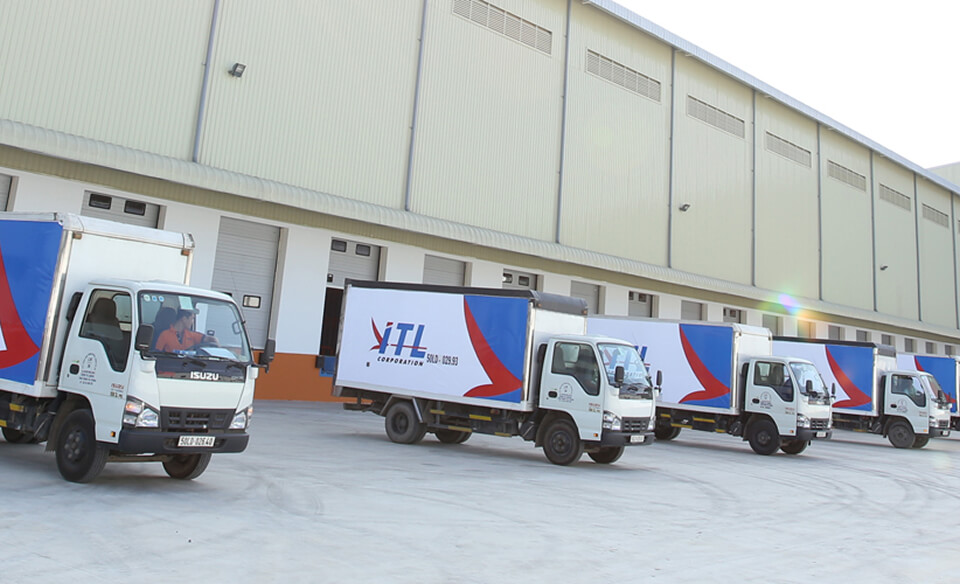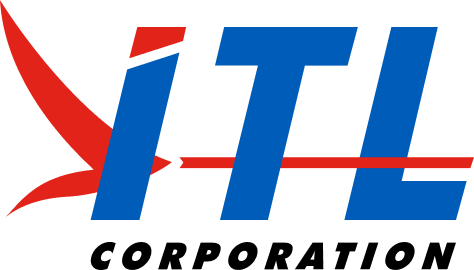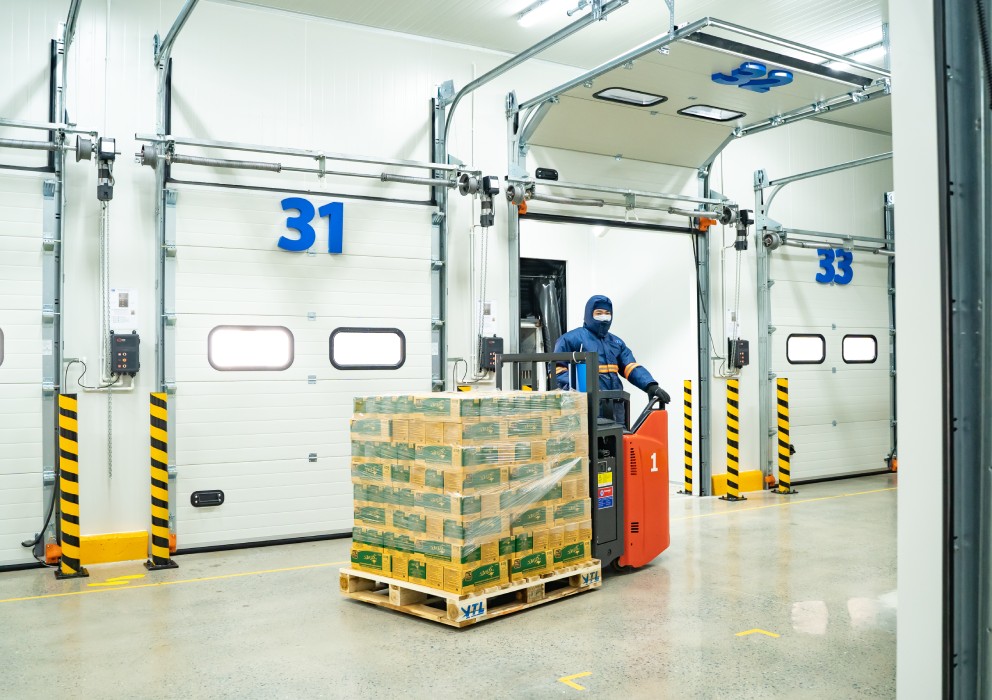What is Cross Docking? An Optimal Logistics Solution to Effectively Reduce Warehousing Costs
Cross Docking is a logistics technique aimed at eliminating the storage and order consolidation functions of a warehouse while still allowing the receiving and shipping functions to be performed.
The main idea of this technique is to transfer shipments directly from inbound trailers to outbound trailers—bypassing intermediate storage. Typical shipments usually spend about one day at the cross dock and sometimes less than an hour. This reduces costs and increases efficiency by either quickly processing goods or immediately loading stored goods onto trucks for delivery to the designated locations.
In the traditional model, warehouses maintain inventory until customer orders arrive, then products are picked, packed, and shipped. When additional orders come in, they are stored until the customer is identified. In the Cross Docking model, customers are informed in advance about the products arriving at the warehouse, and these products do not require storage. Therefore, a key characteristic of Cross Docking is that the timing of goods arriving at the warehouse and the shipping location is known beforehand.
Products suitable for Cross Docking must meet two criteria: sufficiently low demand variability and sufficiently large volume. If demand is uncertain, Cross Docking is difficult to implement due to challenges in balancing supply and demand.
Besides low variability, product demand must be enough to ensure shipments are delivered frequently, because if demand is too low, frequent deliveries will increase inbound transportation costs, and warehouses will need to store goods more effectively.
Some suitable products include: perishable goods that require immediate transportation; high-quality products that do not need quality inspection during receiving; products that are already tagged (barcodes, RFID), labeled, and ready for sale to customers.

MILK-RUN
Milk run is a method of transporting goods and production materials from suppliers to customers. Unlike traditional transportation methods, supplier trucks follow a predetermined route daily, passing through multiple suppliers and production lines.
This process must strictly adhere to scheduled departure and arrival times. The entire supply chain operates in a clockwise direction, coordinating smoothly despite variations or fluctuations in customer demand.
This method originates from the “milk delivery” system we are familiar with, where the delivery person stops at each station (each household) to deliver milk to subscribers.
In the fashion industry, Zara is one of the brands that has successfully and creatively applied the milk run process in its production.
Source: http://vilas.edu.vn/cross-docking-va-milk-run-trong-logistics.html

